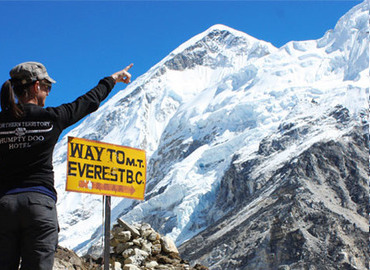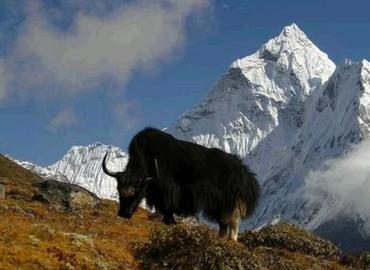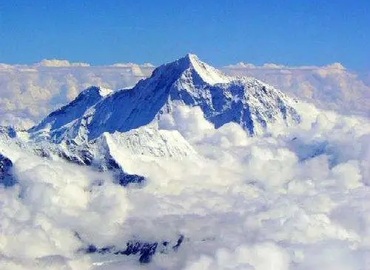Mysterious Sherpa People of The Himalayas
- Julie
- Last Updated : 09/12/2025
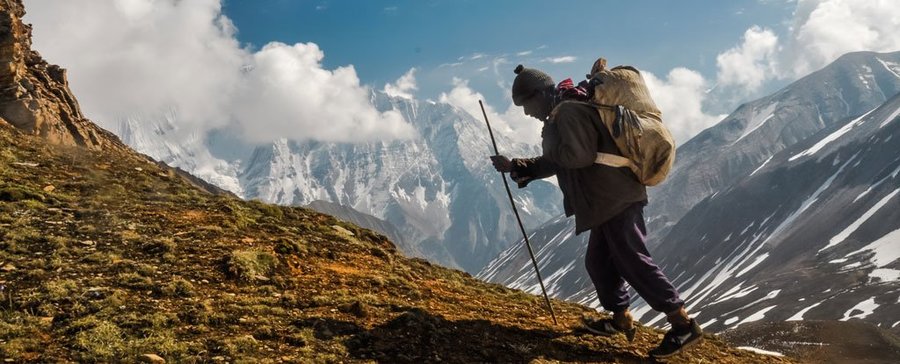
Sherpas live scattered on both sides of the Himalayas, mainly in Nepal, and a few in Tibet, India (Sikkim), and Bhutan. Sherpa people speak Sherpa, as well as Tibetan. Sher refers to the east, pa refers to people, together it means people from the east. It's said Sherpas originated in the Kham region of eastern Tibet. Although originally nomadic, in the 15th century, Sherpas began to migrate to Nepal, living as traders (salt, wool, and rice), herdsmen (yak and cows), and farmers (potatoes, barley, and buckwheat). Sherpas of Nepal formed four separate clans: Minyagpa, Thimmi, Sertawa and Chawa.
The mysterious Mount Everest nourishes the Sherpas and at the same time gives them a mysterious color. Sherpas used to be almost isolated from the world and later became famous for being guides or porters for mountaineering teams from various countries who climbed Mount Everest. It can be said that it was Mount Everest that made the world know the Sherpas.
Overview
This mysterious indigenous group has existed in the Himalayas for thousands of years and has always been settled here. The prestigious Baima Living Buddha among the Sherpas said that when their ancestors talked about themselves, they also mentioned mi nia, a place where they came from. In Tibetan, the term mi nia refers to Dangxiang Qiang people or Xixia people, and it is a noble name.
Sherpas' bodies have super cold tolerance and strong lung capacity. They‘ve fully adapted to the plateau climate, and they can climb mountains as if walking on the ground. Therefore, Sherpas are known as the "porter on the Himalayas". Almost all expeditions coming to climb Mt.Everest will hire Sherpa to assist them to reach the summit. Not only can they explore the path, place ladders and lay ropes, but they can also carry the daily necessities to the camp on the mountain in advance. Therefore, as long as the term "Sherpa" is mentioned, what people think of is the porter who is carrying the load and walking forward on the snow-capped mountains. In the English context, Sherpa even became a verb, as in "Can you sherpa a bag for me?"

Where do Sherpas Live?
Sherpas mainly inhabit the northern part of the Sagarmatha district, along the valleys of the Dudh Kosi River and its tributaries. They are also distributed in the upper Trisuli valleys of Helambu and Langtang, and in the eastern mountains of Nepal. Some live in the dense jungles on the border between Nepal and Tibet and some smaller groups live in the eastern area of Taplejung. In addition, there are a few Sherpas scattered in Sikkim and Bhutan. Their main population is concentrated in the Solu Khumbu area, with about 80,000 Nepalese living there.
Their settlements ranged from 8,000 feet (2,450 meters) to 14,000 feet (4,300 meters) above sea level.
Religious Beliefs and Customs
The living and religious customs of the Sherpa people have always stubbornly maintained their own unique national culture during such a long and complicated history. The religious belief of the Sherpas is Tibetan Buddhism, and they also retain some primitive beliefs. Sherpas do not eat fish, dogs and beef. Due to Hindu influence, although they do not avoid beef, they never take the initiative to slaughter cattle. Their staple food is mainly corn, and seasonings with fennel and chili are used.
Sherpa's Religious Beliefs
Sherpas believe in Tibetan Buddhism. The majority of people believe in Sakya and Kagyupa, and some Sherpas believe in Gelug and Nyingma. Sakya and Kagyupa believers can get married at home without living in a temple and farming the temple’s land. Instead, they just take turns to the temple to burn incense, set out offerings, and chant sutras. They use Buddhist doctrine as their standard of conduct, and lamas enjoy a special status among Sherpas. They also admire ghosts and monster spirits, believe in astrological calculations, and make divinations before making decisions about any major actions.
After a Sherpa's death, relatives must first invite lamas to recite sutras, in order to wish the deceased into the pure land as soon as possible, and then hold cremation or burial, but do not engage in celestial burials and water burials like Tibetans.
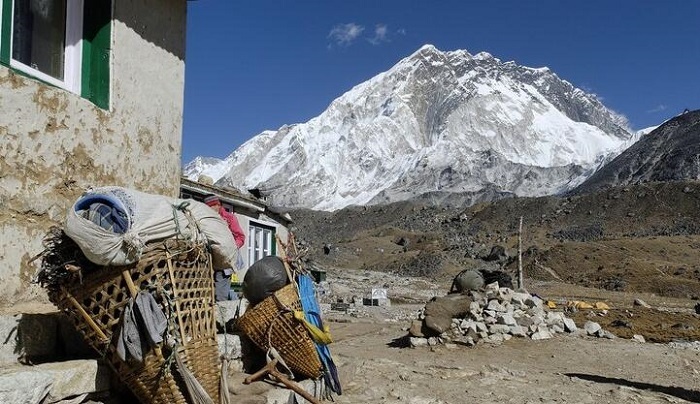
Sherpa's Customs
Sherpas have castes, but they generally only mention their given names. They believe that their ancestors who fled here in the past concealed their surnames in order to avoid being hunted down. Up to now, Sherpas have a tradition of keeping their surnames in mind and only saying their given names. Sherpa can only say his surname when he encounters such a major event as marriage because Sherpa cannot marry a person of the same surname, and if he marries a person of the same surname, he will be driven out of the village. To a certain extent, this also leads to very few Sherpas.
And Sherpa is their tribe name; everyone is called "XX Sherpa". Their names are very interesting. There are seven days a week, and they will be named on the day of the week when they were born. For example, Nima means Sunday, Mingma means Tuesday, Lhakpa means Thursday, and so on. Sherpas who accidentally have the same name can only be distinguished by their middle name.
Culture of Mountaineering
Since New Zealand mountaineer Edmund Hillary and Sherpa guide Tenzin Norgay successfully summited Mount Everest on May 29, 1953, the world's highest peak has become the highest pursuit of countless climbers. The Sherpas, who were born and raised in the Himalayas, began their inseparable fate from Mount Everest.
Guides of Mount Everest
Since the 1920s, Sherpa people have served as guides and porters for climbers. They have a good physique, strong anti-anoxia ability, and the capability of hard work. In addition to climbing skills, many Sherpas can speak English after being trained, so there are Sherpas in almost every expedition. They set the "three of the largest": the largest number of people who successfully climbed Mount Everest, the largest number of people who summited Mount Everest without oxygen, and the largest number of people who died on Mt. Everest (about 60). So Sherpas deserve all the credit in the history of climbing Mt. Everest. At the same time, providing guides and logistics services for mountaineering teams from various countries has become one of the main income sources for Sherpas.
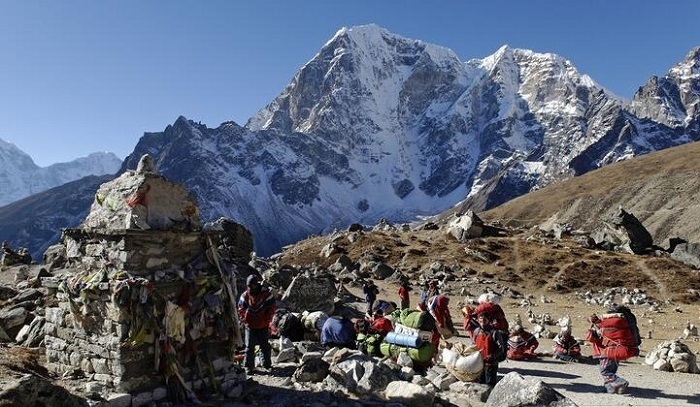
Every year during the peak season of climbing Mount Everest, the mountaineering teams convene, pay money and supplies, and invite Sherpas to go up the mountain and build the "path" first. Without any equipment, the Sherpas can risk their lives to erect safety ropes with a total length of 7,000 to 8,000 meters. They will carry the safety ropes to climb to high places, then fix the rope ends into the thousand-year-old rock ice with ice cones. The hanging ropes could play an important role in logistics transportation, guiding the way, assisting in climbing and ensuring the safety of the team members to a certain extent. Finally, they fix each ladder in the glacier of the cliff and pave the way for later climbers to climb to the top.
Why Sherpas are Good at Climbing?
In fact, Sherpas are natural climbers. Here, it does not simply mean that they live in the mountains and have a tenacious will and capacity for taking hardship but the extraordinary ability of mountaineering engraved in their genes, and the inherent talent. As Sherpas living in the high-altitude hypoxic zone for a long time, they have larger lungs than ordinary people, and their hemoglobin concentration in the blood is also higher than that of ordinary people.
Scientists have discovered that Sherpas have at least 10 genes that make them particularly adaptable to high-altitude life. For example, the special ACE (angiotensin-converting enzyme) gene is the key to determining human endurance quality. ACE is an angiotensin-converting enzyme, which can affect the body's aerobic endurance quality by affecting the body's cardiopulmonary function. The ACE gene has three genotypes (DD, II, ID), and people with I genotype have stronger endurance than those with D genotype.
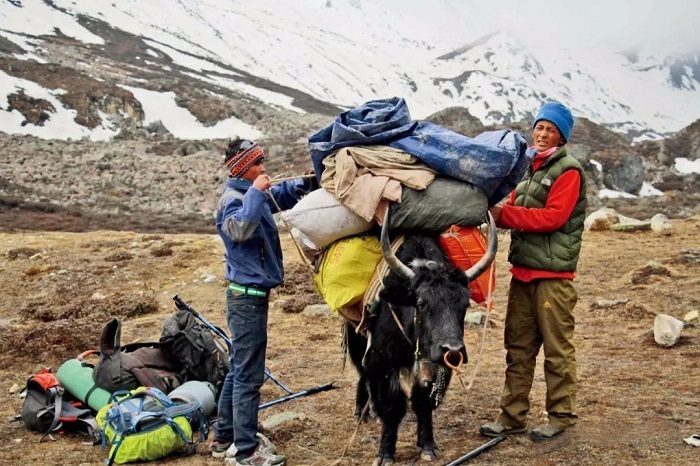
In addition, in the course of thousands of years of evolution, the body of the Sherpa has developed a circulatory system that adapts to the environment. The diameter of the blood vessels of Sherpas is larger than that of ordinary people, which allows them to more quickly transport the indispensable oxygen to the brain, heart, muscles and various tissues of the body. For ordinary climbers, as the altitude increases, the body's oxygen supply capacity will gradually decrease, and oxygen supply will even be interrupted. In extreme cases, brain swelling may happen, which is very dangerous. But the thick blood vessels of the Sherpas allow them to pump a normal volume of blood at high altitudes to meet the body's oxygen demand.
Great Risk of Climbing
Although they have an innate talent, it does not mean that they have invincible power. In front of nature, humans are of little. In front of Mount Everest, the Sherpas are still of the flesh. The tragedy in mountaineering is the best proof - Sherpas have the largest number of people who have died on Mount Everest in the world.
If there's a choice, almost no one is willing to use their life as a bet. And the purpose of Sherpas doing this tiring and dangerous job is that their offspring do not need to use their lives to make a living anymore. They hope that their children can get a good education and therefore have a decent job.
Email response within 0.5~24 hours.



